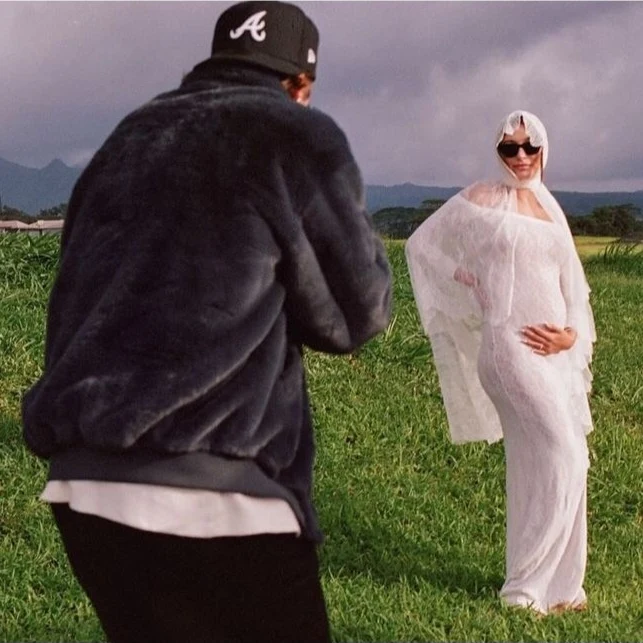A book by the legendary German dancer Mary Wigman (1886–1973) was published in the Garage Museum of Contemporary Art’s publishing series dedicated to the history of contemporary dance. Alexei Mokrousov tells.
Mary Wigman’s life can be described in three words: she danced, staged dances, taught dance. The book adds one more thing: it was about dancing. The collection was compiled by Walter Sorell, who knew her well, combining memoirs, articles, materials for the American tour of the 1930s, memories of the years of Nazism, lectures and performances.
Wigman is a phenomenon in world dance history: she is the author of a new German dance, now called “expressive”, Ausdruckstanz, she was admired by Max Reinhardt, Einstein came to her performances, a tour in America was organized by Sol Yurok, later known for tours of the Bolshoi Theater. Artists adored her: from Emil Nolde, who advised to go to the great reformer Rudolf Laban, to Oskar Kokoschka, who wrote that Wigman translated expressionism into the language of dance. At the same time, she began to study late, only at the age of 24, having entered the course of “Rhythmic Gymnastics” at the Dalcroze Institute in Hellerau, where she honestly received a diploma as a teacher of the Jacques Dalcroze method. But it was Laban who became a true mentor, she came to his commune in Monte Verita near Ascona, Switzerland, in the summer of 1913, soon became his assistant, and in his program for the first time showed the now textbook “Dance of the Witch.”
Wigman spent the summer of 1914 with friends in the mountains, the surrounding residents were excited by their nightly dances in the caves: the townsfolk imagined orgies and black masses, but in reality everything was innocent, it was about the healing power of the movement, and not depravity. Wigman found out about the war when she went down to the valley for something – mobilization began there.
An artist is like a black grouse, sometimes not noticing anything around – an eternal story. Diaghilev turns out to be Wigman’s closest “relative” on this basis: at first he also did not follow politics, and ended the summer season of 1914 with the announcement that the Russian Ballet troupe would gather in Berlin in the fall.
Strange , but the name of Diaghilev is not found in the index, as well as Nijinsky, and Karsavina. Pavlova is mentioned, but the ecstasy interrupts the skepticism: “What use is it to us that the stars of the once great Russian imperial ballet danced beautifully?” Since there is no creative impulse in the ballet, it does not reflect the current time, it is not needed.
Criticism of predecessors helps to move forward, especially when competition is pressing economically, and the Russian Seasons were strong competitors even after the world war. This did not prevent Wigman from being one of the first to return to The Rite of Spring – she staged Stravinsky in Berlin in 1957.
Wigman considered dance as a space and symbol, although she did not mind when in her abstract movements saw concrete actions like picking berries. During the First World War, Laban and Wigman became close friends with the Dadaists in Zurich, drummed and danced to Nietzsche, became regulars at the Cabaret Voltaire, but never became their own – apparently, there was no desire to provoke / mock, but the Dadaists did not like pathos.
During the Nazi era, Wigman’s dance school became part of the anti-Semitic Union for the Struggle for German Culture, chaired by Alfred Rosenberg, Wigman herself headed a branch of the Nazi Union of Teachers. The new dance wanted recognition of power, its ability to spread their ideas. Goebbels did not appreciate Laban, and he eventually emigrated, but the state did recognize the innovation: Wigman’s composition, like her favorite student Gret Palucchi, participated in a propaganda performance at the opening of the Olympic Games in Berlin in 1936. And although the Nazi gymnast Hans Huber headed the educational process at her school, the differences with the authorities are obvious: Wigman refused to expel the students and Jewish dancers. late 1920s, romance with Siemens engineer Hans Benkert. Under the Nazis, his career developed both in the party and in the business line, thanks to which he was able to support Wigman. But after the break in 1941, the defense disappeared, the dance suddenly became “degenerate”, performances were banned, the school was forced to sell, Goebbels prevented the appointment to a position at the university. This did not prevent Wigman from becoming a choreographer in the stage production of Carmina Burana by Carl Orff in Leipzig in 1943.
After the war, she found herself between two fires: she did not like the American occupation with her ” negative impact” on cultural life, nor the Soviet one, with its agitprop attitude and rejection of an independent person who opposes compromise. She chose West Berlin – unlike Gret Palucchi, who remained in the GDR.
At the age of 80, Wigman closed the school – now forever, but her business did not close. Her understanding of movement, the discrepancy between gesture and sound are of interest to practitioners. So, it was Wigman who was connected with the birth of the butoh dance: the Japanese Takaya Eguchi and Soko Miya studied with her, from them, in turn, one of the founders of butoh, Kazuo Ono. Not so long ago, her “Rite of Spring” was also restored – the record is on the Internet. Nijinsky would have been shocked, Stravinsky, presumably, would have been pleased.
Mary Wigman: An absolute dance. Memoirs, letters, articles. Ed.-stat. W. Sorell. Per. from English. Lia Ebralidze.— M.: “ArtGuide”, 2021.
Note: This article has been indexed to our site. We do not claim legitimacy, ownership or copyright of any of the content above. To see the article at original source
Click Here













